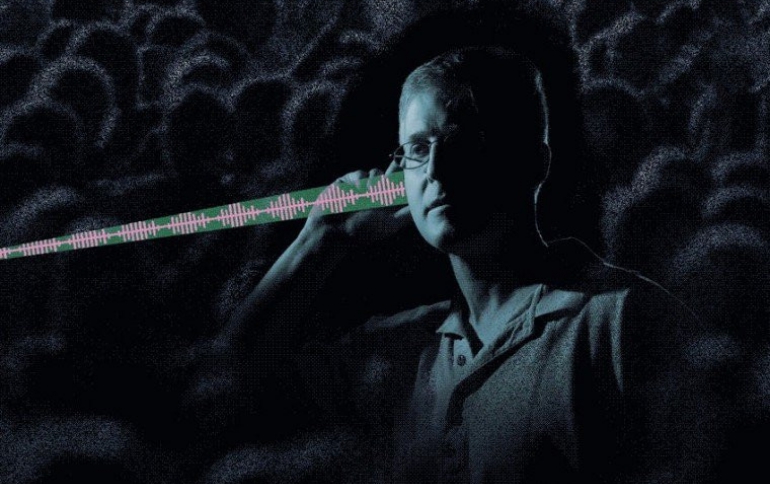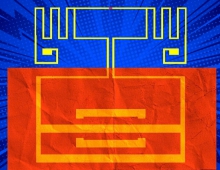
Researchers Use Lasers to Send a Whispered Audio Message to You Only
Researchers from MIT have demonstrated that a laser can transmit an audible message to a person without any type of receiver equipment.
“Our system can be used from some distance away to beam information directly to someone's ear,” said research team leader Charles M. Wynn. “It is the first system that uses lasers that are fully safe for the eyes and skin to localize an audible signal to a particular person in any setting.”
To send the messages, the researchers relied upon the photoacoustic effect, in which water vapor in the air absorbs light and forms sound waves. The researchers used a laser beam to transmit a sound at 60 decibels (roughly the volume of background music or conversation in a restaurant) to a target person who was standing 2.5 meters away.
A second technique modulated the power of the laser beam to encode a message, which produced a quieter but clearer result. The team used it to beam music, recorded speech, and various tones, all at conversational volume.
“This can work even in relatively dry conditions because there is almost always a little water in the air, especially around people,” Wynn said.
The new sound transmission methods grew from a technique called dynamic photoacoustic spectroscopy (DPAS), which the researchers previously developed for chemical detection. For the DPAS-related approach, the researchers change the length of the laser sweeps to encode different frequencies, or audible pitches, in the light. One unique aspect of this laser sweeping technique is that the signal can only be heard at a certain distance from the transmitter. This means that a message could be sent to an individual, rather than everyone who crosses the beam of light. It also opens the possibility of targeting a message to multiple individuals.
In theory, the technique could be used to direct a message to a single person at range, without any receiving equipment. The team plans to get the technique to work outdoors, at longer ranges. It isn’t too much of a stretch to see it being used for military or spying purposes, and of course there’s always the ever-present specter of super-targeted advertising.





















